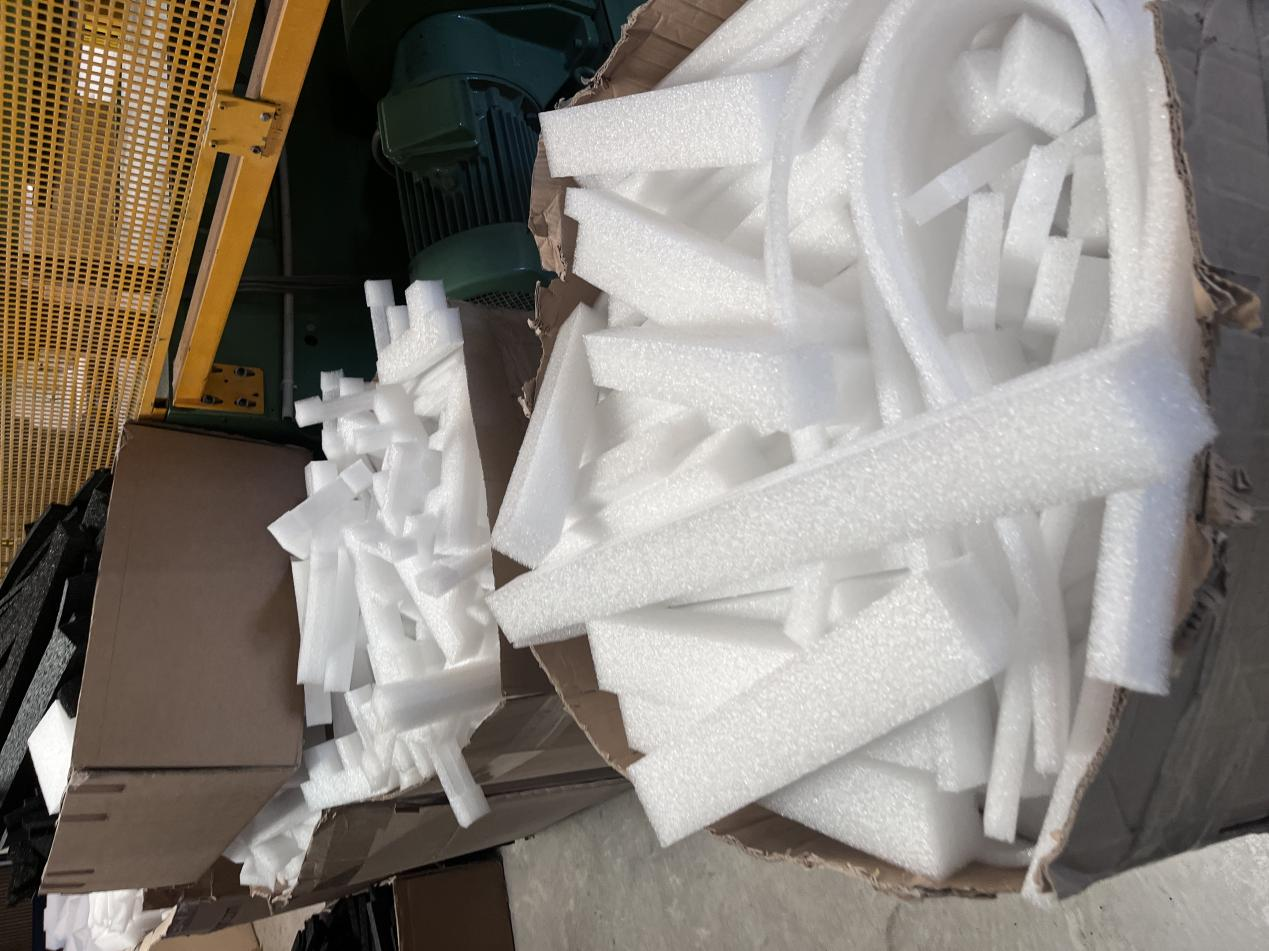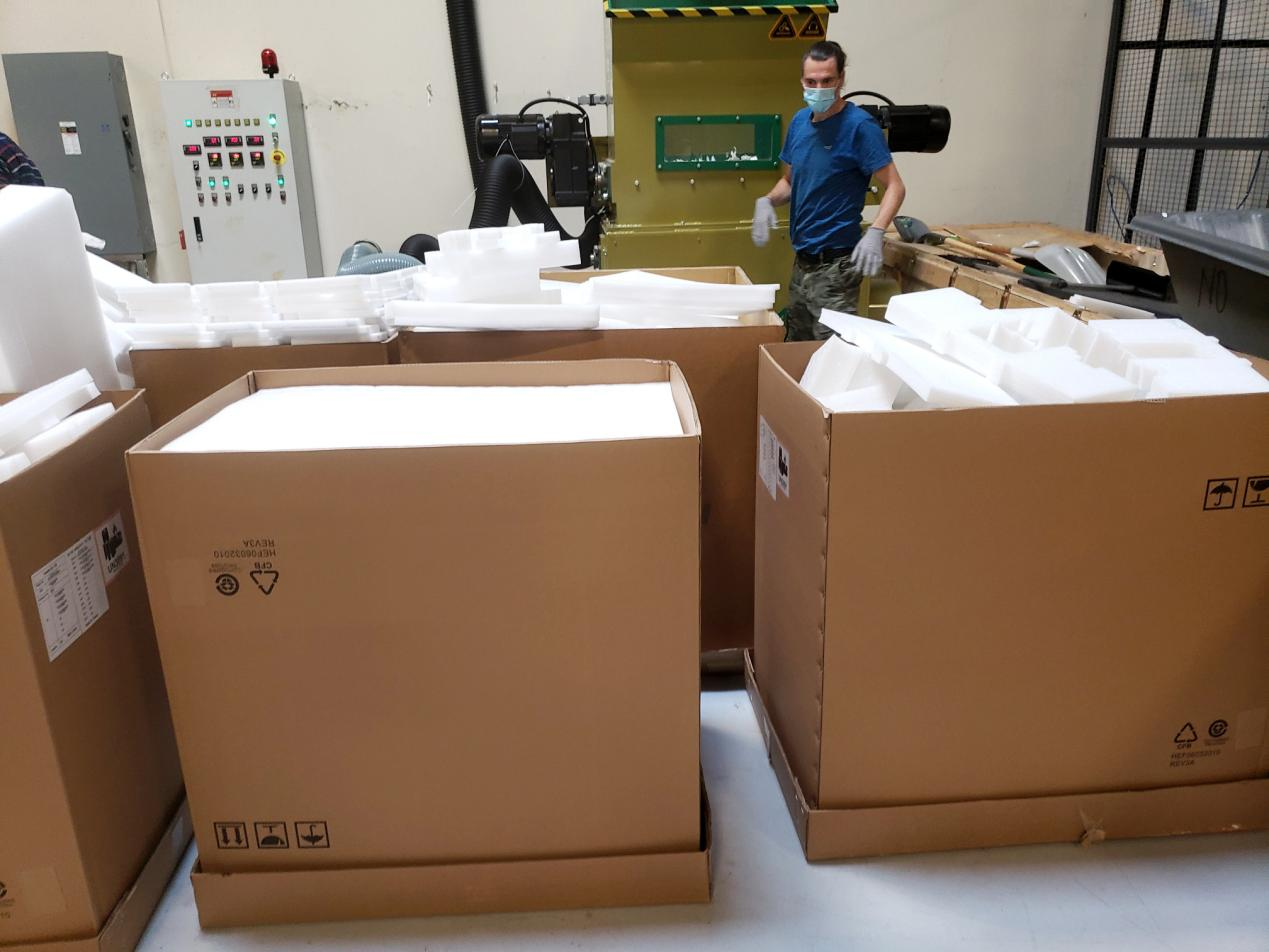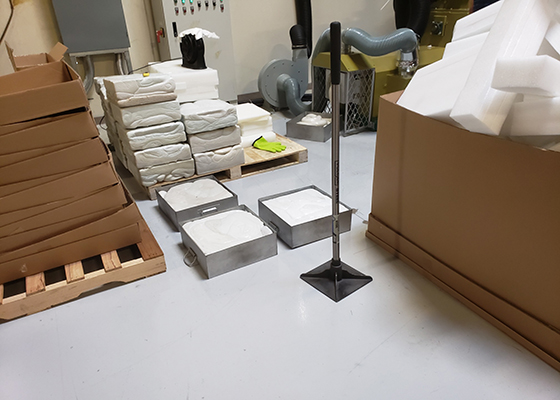EPE recycling: Creating a sustainable environment for the future
With growing global concern over environmental issues, sustainable development has become one of the central goals of today's society. In this context, the recycling of EPE (Expandable Polyethylene) materials has become an important task. This paper will look at the properties of EPE materials, the importance of recycling, and the methods and applications of EPE recycling, with the aim of highlighting the positive impact of EPE recycling on environmental protection and a sustainable future.

1. Properties of EPE materials
EPE is a lightweight, flexible material with excellent insulation and cushioning properties. It is made from polyethylene through a special process that creates a foam material with a closed-cell structure. EPE materials are low-cost, durable, moisture-resistant, heat-insulating and shock-absorbing, therefore, it is widely used in many fields, such as packaging, transportation, electronics, furniture, etc.
2. The importance of EPE recycling:
Resource conservationEPE materials are mainly made from polyethylene, which is one of the main products of the petrochemical industry. EPE recycling can effectively reduce the need for resins, reduce resource consumption and energy consumption, and help to conserve limited natural resources, especially non-renewable resources such as oil.
Reducing environmental pollution
EPE materials release harmful substances and greenhouse gases during production and disposal. By EPE recycling, waste EPE materials can be reprocessed and reused, reducing pollution of the natural environment. In addition, EPE recycling reduces the need for landfill and incineration, avoiding the release of toxic gases and carcinogenic substances.
Economic benefits
EPE recycling materials can provide a good opportunity for a circular economy. Recycled EPE can be reprocessed into products such as packaging materials and construction materials, providing a reusable resource for the manufacturing industry, reducing production costs and increasing corporate profits.

3. Methods of EPE recycling
Compared to chemical recycling, physical recycling is more friendly to the environment. The process involves collecting, sorting and compressing waste EPE materials to return them to the raw material cycle. GREENMAX is a specialist in EPE recycling and has been working in this field for decades. We provide specialist recycling machines and EPE solutions for industries involved in EPE across Europe.

Recycled EPE can be used in a wide range of applications, such as packaging, construction and furniture. It can be made into recycled packaging material to protect fragile items for transport; it can also be used to make insulation materials to reduce energy consumption in buildings; and recycled EPE can be applied to make filling materials for furniture to improve its comfort and environmental friendliness.
EPE recycling materials is of great importance for environmental protection and sustainable development. By recycling EPE waste, we can decrease resource consumption, reduce environmental pollution, create economic benefits and promote the development of a circular economy. Therefore, governments, companies and individuals should work together to enhance the recycling and reuse of EPE materials and contribute their share to creating a sustainable future.
